#duke byron
Text
[ FE4 Character Impressions 9 - I draw want I want 😎 ]
I thought #8 was the last one, but Gen 2 have a severe lack of WAVY HAIR SUPREMACY, so here were are. 💁♀️
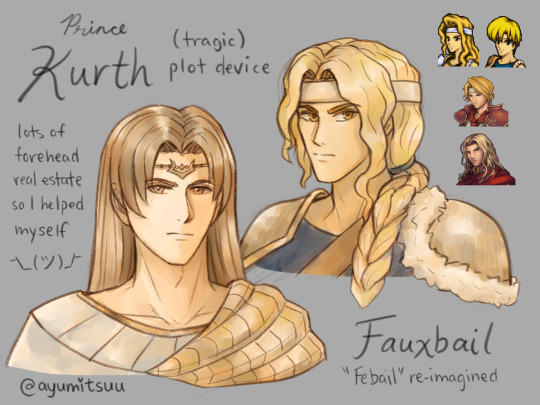

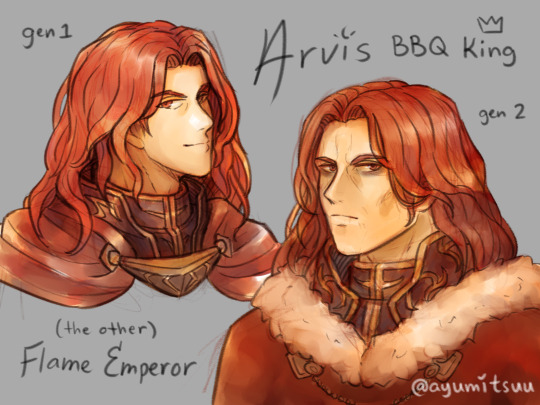
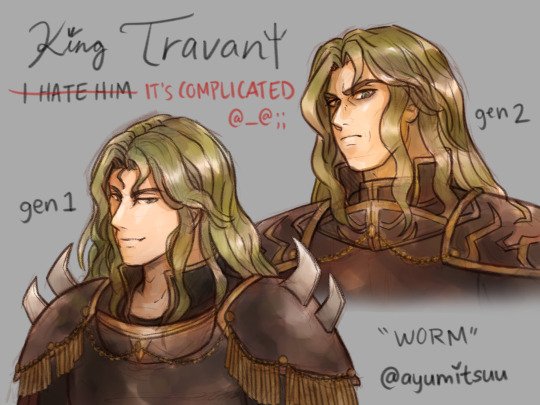
- Poor Kurth, you read about how he’s pretty much a genius, but he doesn’t get to do anything u_u;
- Azmur sucks (ye, I said it), I refuse to draw him
- Febail’s fine but I really wanted a beautiful blond braid-bearing boy with a bow as Brigid’s son, with matching blue hair ties with Patty
- I love drawing Byron, because he’s very close to old Hector with grey hair, also because Byron is the best 😤
- when Siggy had that touching moment where he said Lahna was like a mom, I immediately shipped it ;’D (Byron x Lahna)
- no wonder everyone wanted Arvis for emperor, Azmur sucked, Kurth got hit by the plot hammer, man’s got it all: brains, power, and looks (pretty hot amirite? ❤️🔥 …too soon? 🤪)
- headcanon that Gen 2 Arvis has the worst eye bags
- Gen 1 Travant was a ladykiller (literally and metaphorically), just look at the smirk on his portrait 😏
- so I thought I’d hate Travant irrevocably after he killed my fav couple, took their daughter, and pretended to be her real dad… but I was wrong. I still don’t really understand how I feel about him. He can’t be forgiven, and yet… I don’t hate him 🫣 FE4 is wild, man…
- one thing I really like about Travant is how smart he is, intelligent enemies that are calculating and don’t underestimate you are the most terrifying
Travant: “WORM.”
Me: hehe, “Wyrm.” *gets impaled by Gungnir*
Look how similar these bad boys are. I swear they were swapping hair care tips in their younger days.




#fe4#fire emblem#geneology of the holy war#first playthrough#first impressions#ayu plays fe4#feh#fe heroes#ayu draws fe4#character impressions#prince Kurth#febail#lord byron#duke byron#queen Lahna#arvis#fe arvis#arvis fire emblem#travant#wavy hair supremacy#the dads are hot in this game#most of the moms are dead but I’m sure they were killer too
38 notes
·
View notes
Text

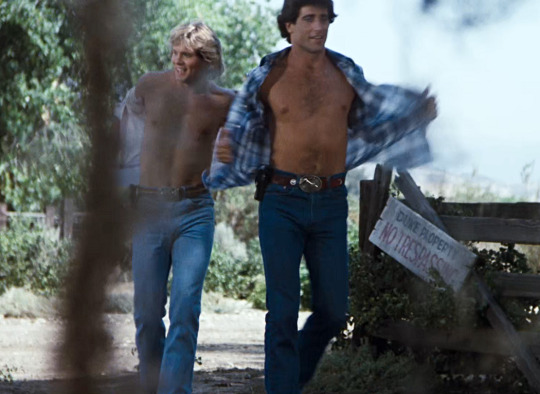
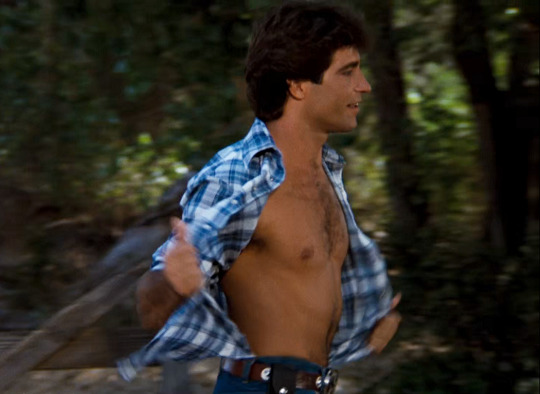
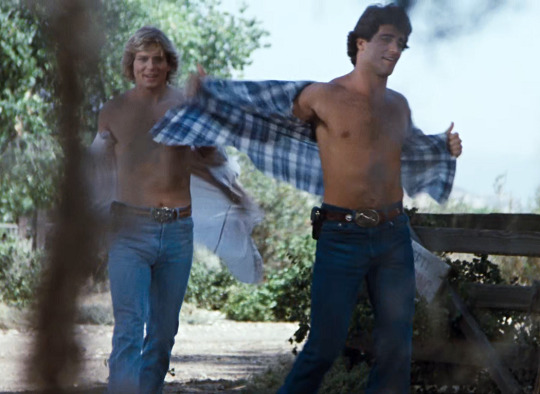

The Dukes of Hazzard - 5.02 - Dukes Strike it Rich
#Christopher Mayer#Byron Cherry#The Dukes of Hazzard#my caps#my edits#*dukesofhazzard#bo & luke cant be replaced but i can deal with this for a season
432 notes
·
View notes
Text
me and who
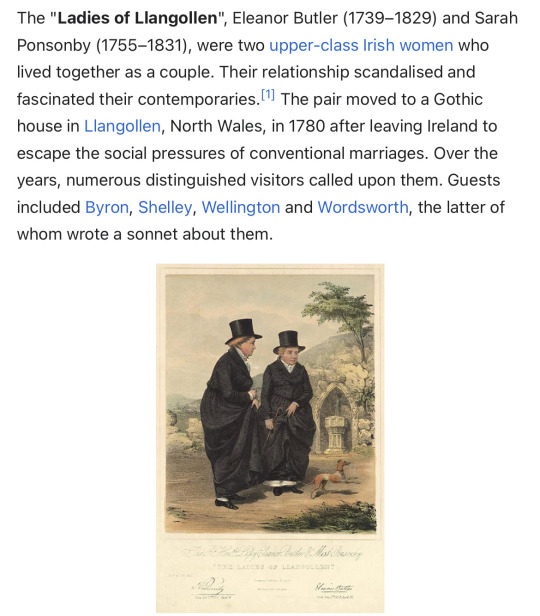
#ladies of llangollen#eleanor butler#sarah ponsonby#goth girls#irish history#lgbt#lgbtq#meme#gothic#sapphic#memes#history#percy shelley#lord byron#william wordsworth#duke of wellington#lesbian#lesbian history#wlw#goth lesbian#queer#goth#goths#goth girl#goth gays
259 notes
·
View notes
Text

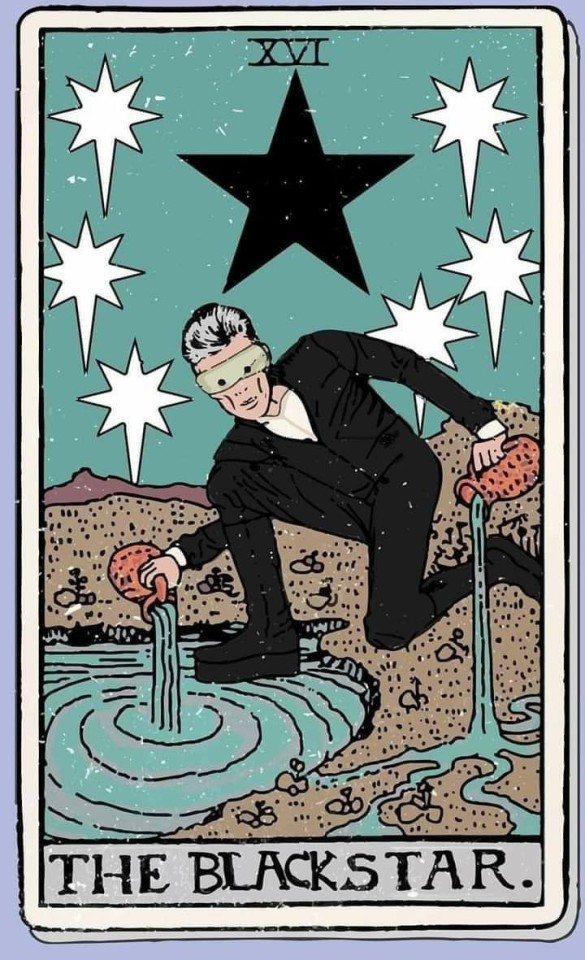


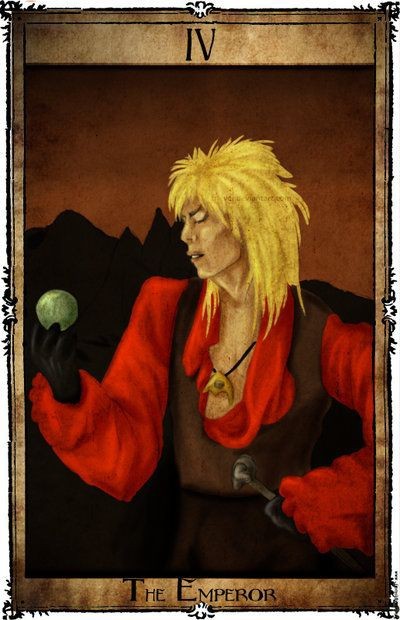


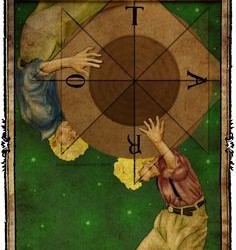
I dont belive in tarot. I belive in Bowie.
#hippie#bohemian#freedom#peaceandlove#DavidBowie#ZiggyStardust#the thin white duke#jareth#screamin lord byron#aladdinsane#halloweenman#major tom#starboy#the blind prophet
4 notes
·
View notes
Text






#dukes of hazzard#bo and Luke Duke#general lee#john schneider#tom wopat#byron cherry#Christopher Mayer
2 notes
·
View notes
Text

WIP Big Bang 2023 Round Starting April 1st!
What is the WIP Big Bang? Good question! This is a Big Bang with one goal in mind: to clean out your fanfic drafts folder. These are stories that were unfinished for whatever reason, that authors returned to and completed, and the art that goes with them!
Please read our FAQ/check out our schedule for more details.
#signal boost#fandom event#haven#audrey parker#nathan wuornos#garland wuornos#duke crocker#vince teagues#dave teagues#dwight hendrickson#byron howard
7 notes
·
View notes
Text
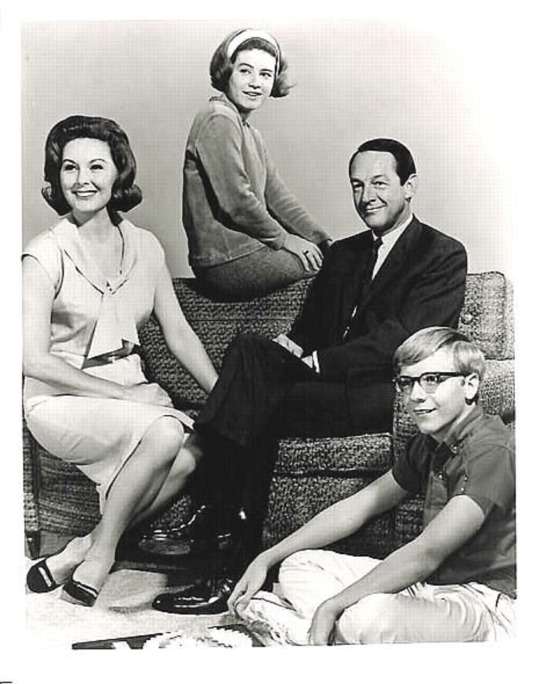
2 notes
·
View notes
Text

#movies#movie#drama#christmas#merry christmas#merry christmas 2023#Christmas Cars#the dukes of hazzard#Dukes Of Hazzard#the general lee#general lee#john schneider#paul michael#byron cherry#mindy robinson#2010s#dvd#Spotify
0 notes
Text
youtube
One of my favorite recordings of all time!
0 notes
Text
Cross-posting an essay I wrote for my Patreon since the post is free and open to the public.

Hello everyone! I hope you're relaxing as best you can this holiday season. I recently went to see Miyazaki's latest Ghibli movie, The Boy and the Heron, and I had some thoughts about it. If you're into art historical allusions and gently cranky opinions, please enjoy. I've attached a downloadable PDF in the Patreon post if you'd prefer to read it that way. Apologies for the formatting of the endnotes! Patreon's text posting does not allow for superscripts, which means all my notations are in awkward parentheses. Please note that this writing contains some mild spoilers for The Boy and the Heron.

Hayao Miyazaki’s 2023 feature animated film The Boy and the Heron reads as an extended meditation on grief and legacy. The Master of a grand tower seeks a descendant to carry on his maddening duty, balancing toy blocks of magical stone upon which the entire fabric of his little pocket of reality rests. The world’s foundations are frail and fleeting, and can pass away into the cold void of space should he neglect to maintain this task. The Master’s desire to pass the torch undergirds much of the film’s narrative.

(Isle of the Dead. Arnold Böcklin. 1880. Oil on Canvas. Kunstmuseum. Basel, Switzerland.)
Arnold Böcklin, a Swiss Symbolist(1) painter, was born on October 16 in 1827, the same year the Swiss Evangelical Reformed Church bought a plot of land in Florence from the Grand Duke of Tuscany, Leopold II, that had long been used for the burials of Protestants around Florence. It is colloquially known as The English Cemetery, so called because it was the resting place of many Anglophones and Protestants around Tuscany, and Böcklin frequented this cemetery—his workshop was adjacent and his infant daughter Maria was buried there. In 1880, he drew inspiration from the cemetery, a lone plot of Protestant land among a sea of Catholic graveyards, and began to paint what would be the first of six images entitled Isle of the Dead. An oil on canvas piece, it depicts a moody little island mausoleum crowned with a gently swaying grove of cypresses, a type of tree common in European cemeteries and some of which are referred to as arborvitae. A figure on a boat, presumably Charon, ferries a soul toward the island and away from the viewer.
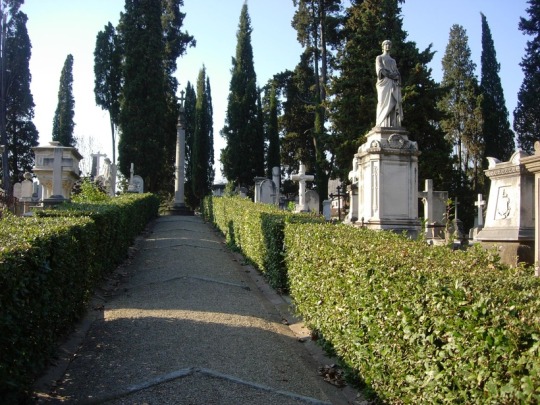
(Photo of The English Cemetery in Florence. Samuli Lintula. 2006.)
The Isle of the Dead paintings varied slightly from version to version, with figures and names added and removed to suit the needs of the time or the commissioner. The painting was glowingly referenced and remained fairly popular throughout the late 19th and early 20th centuries. The painting used to be inescapable in much of European popular culture. Professor Okulicz-Kozaryn, a philologist (someone with a deep interest in the ways language and cultural canons evolve)(2) observed that the painting, like many other works in its time, was itself iterative and became widely reiterated and referenced among its contemporaries. It became something like Romantic kitsch in the eyes of modern art critics, overwrought and excessively Byronic. I imagine Miyazaki might also resent a work of that level of manufactured ubiquity, as Miyazaki famously held Disney animated films in contempt (3). Miyazaki’s films are popularly aspirational to young animators and cartoonists, but gestures at imitation typically fall well short, often reducing Miyazaki’s weighty films to kitschy images of saccharine vibes and a lazy indulgence in a sort of empty magical domestic coziness. Being trapped in a realm of rote sentiment by an uncritical, unthoughtful viewership is its own Isle of Death.

(Still from The Boy and the Heron, 2023. Studio Ghibli.)
The Boy and the Heron follows a familiar narrative arc to many of Miyazaki’s other films: a child must journey through a magical and quietly menacing world in order to rescue their loved ones. This arc is an echo of Satsuki’s journey to find Mei in My Neighbor Totoro (1988) and Chihiro’s journey to rescue her parents Spirited Away (2001). To better understand Miyazaki’s fixation with this particular character journey, it can be instructive to watch Lev Atamanov’s 1957 animated film, The Snow Queen (4)(5), a beautifully realized take on Hans Christian Andersen’s 1844 children’s story (6)(7). Mahito’s journey continues in this tradition, as the boy travels into a painted world to rescue his new stepmother from a mysterious tower.
Throughout the film, Miyazaki visually references Isle of the Dead. Transported to a surreal world, Mahito initially awakens on a little green island with a gated mausoleum crowned with cypress trees. He is accosted by hungry pelicans before being rescued by a fisherwoman named Kiriko. After a day of catching and gutting fish, Mahito wakes up under the fisherwoman’s dining table, surrounded by kokeshi—little wooden dolls—in the shapes of the old women who run Mahito’s family’s rural household. Mahito is told they must not be touched, as the kokeshi are wards set up for his protection. There is a popular urban legend associated with the kokeshi wherein they act as stand-ins for victims of infanticide, though there seems to be very little available writing to support this legend. Still, it’s a neat little trick that Miyazaki pulls, placing a stray reference to a local legend of unverifiable provenance that persists in the popular imagination, like the effect of fairy stories passed on through oral retellings, continually remolded each new iteration.
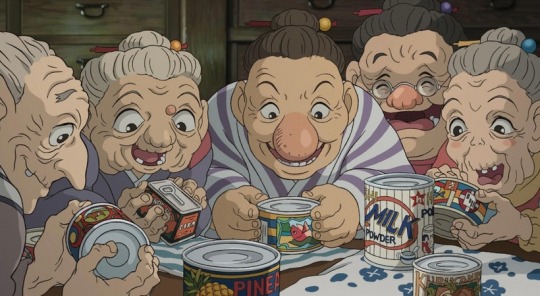
(Still from The Boy and the Heron, 2023. Studio Ghibli.)
Kiriko’s job in this strange landscape is to catch fish to nourish unborn spirits, the adorable floating warawara, before they can attempt to ascend on a journey into the world of the living. Their journey is thwarted by flocks of supernatural pelicans, who swarm the warawara and devour them. This seems to nod to the association of pelicans with death in mythologies around the world, especially in relationship to children (8). Miyazaki’s pelicans contemplate the passing of their generations as each successive generation seems to regress, their capacity to fulfill their roles steadily diminishing.
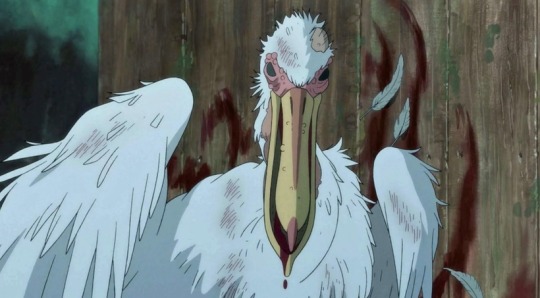
(Still from The Boy and the Heron, 2023. Studio Ghibli.)
As Mahito’s adventure continues, we find the landscapes changing away from Böcklin’s Isle of the Dead into more familiar Ghibli territories as we start to see spaces inspired by one of Studio Ghibli’s aesthetic mainstays, Naohisa Inoue and his explorations of the fantasy realms of Iblard. He might be most familiar to Ghibli enthusiasts as the background artists for the more fantastical elements of Whisper of the Heart (1995).

(Naohisa Inoue, for Iblard Jikan, 2007. Studio Ghibli.)
By the time we arrive at the climax of The Boy and the Heron, the fantasy island environment starts to resemble English takes on Italian gardens, the likes of which captivated illustrators and commercial artists of the early 20th century such as Maxfield Parrish. This appears to be a return to one of Böcklin’s later paintings, The Island of Life (1888), a somewhat tongue-in-cheek reaction to the overwhelming presence of Isle of the Dead in his life and career. The Island of Life depicts a little spot of land amid an ocean very like the one on which Isle of the Dead’s somber mausoleum is depicted, except this time the figures are lively and engaged with each other, the vegetation lush and colorful, replete with pink flowers and palm fronds.

(Island of Life. Arnold Böcklin. Oil on canvas. 1888. Kunstmuseum. Basel, Switzerland.)
In 2022, Russia’s State Hermitage Museum in Saint Petersburg acquired the sixth and final Isle of the Dead painting. In the last year of his life, Arnold Böcklin would paint this image in collaboration with his son Carlo Böcklin, himself an artist and an architect. Arnold Böcklin spent three years painting the same image three times over at the site of his infant daughter’s grave, trapped on the Isle of the Dead. By the time of his death in 1901 at age 74, Böcklin would be survived by only five of his fourteen children. That the final Isle of the Dead painting would be a collaboration between father and son seemed a little ironic considering Hayao Miyazaki’s reticence in passing on his own legacy. Like the old Master in The Boy and the Heron, Miyazaki finds himself with no true successors.
The Master of the Tower's beautiful islands of painted glass fade into nothing as Mahito, his only worthy descendant, departs to live his own life, fulfilling the thesis of Genzaburo Yoshino’s 1937 book How Do You Live?, published three years after Carlo Böcklin’s death. In evoking Yoshino and Böcklin’s works, Hayao Miyazaki’s The Boy and the Heron suggests that, like his character the Master, Miyazaki himself must make peace with the notion that he has no heirs to his legacy, and that those whom he wished to follow in his footsteps might be best served by finding their own paths.
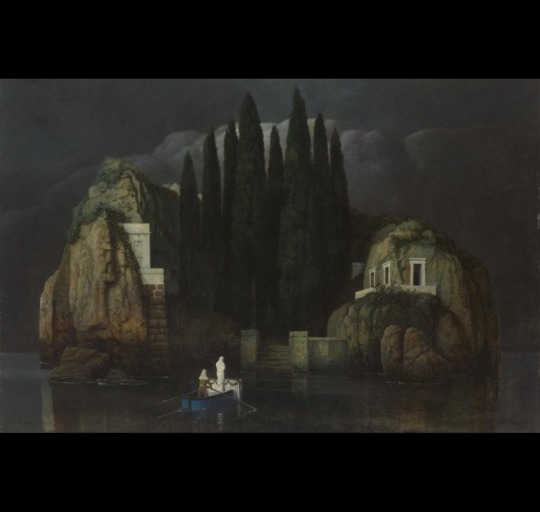
(Isle of the Dead. Arnold and Carlo Böcklin. Oil on canvas. 1901. The State Hermitage Museum. Saint Petersburg, Russia.)
INFORMAL ENDNOTES
1 - Symbolists are sort of tough to nail down. They were started as a literary movement to 1 distinguish themselves from the Decadents, but their manifesto was so vague that critics and academics fight about it to this day. The long and the short of it is that the Symbolists made generous use of a lot of metaphorical imagery in their work. They borrow a lot of icons from antiquity, echo the moody aesthetics from the Romantics, maintained an emphasis on figurative imagery more so than the Surrealists, and were only slightly more technically married to the trappings of traditionalist academic painters than Modernists and Impressionists. They're extremely vibes-forward.
2 - Okulicz-Kozaryn, Radosław. Predilection of Modernism for Variations. Ciulionis' Serenity among Different Developments of the Theme of Toteninsel. ACTA Academiae Artium Vilnensis 59. 2010. The article is incredibly cranky and very funny to read in parts. Contains a lot of observations I found to be helpful in placing Isle of the Dead within its context.
3 - "From my perspective, even if they are lightweight in nature, the more popular and common films still must be filled with a purity of emotion. There are few barriers to entry into these films-they will invite anyone in but the barriers to exit must be high and purifying. Films must also not be produced out of idle nervousness or boredom, or be used to recognise, emphasise, or amplify vulgarity. And in that context, I must say that I hate Disney's works. The barrier to both the entry and exit of Disney films is too low and too wide. To me, they show nothing but contempt for the audience." from Miyazaki's own writing in his collection of essays, Starting Point, published in 2014 from VIZ Media.
4 - You can watch the movie here in its original Russian with English closed captions here.
5 If you want to learn more about the making of Atamanoy's The Snow Queen, Animation Obsessive wrote a neat little article about it. It's a good overview, though I have to gently disagree with some of its conclusions about the irony of Miyazaki hating Disney and loving Snow Queen, which draws inspiration from Bambi. Feature film animation as we know it hadonly been around a few decades by 1957, and I find it specious, particularly as a comic artistand author, to see someone conflating an entire form with the character of its content, especially in the relative infancy of the form. But that's just one hot take. The rest of the essay is lovely.
6 - Miyazaki loves this movie. He blurbed it in a Japanese re-release of it in 2007.
7 - Julia Alekseyeva interprets Princess Mononoke as an iteration of Atamanov's The Snow Queen, arguing that San, the wolf princess, is Miyazaki's homage to Atamanoy's little robber girl character.
8 - Hart, George. The Routledge Dictionary of Egyptian Gods And Goddesses. Routledge Dictionaries. Abingdon, United Kingdom: Routledge. 2005.
#hayao miyazaki#the boy and the heron#how do you live#arnold böcklin#carlo böcklin#symbolists#symbolism#animation#the snow queen#lev atamanov#naohisa inoue#the endnotes are very very informal aksjlsksakjd#sorry to actual essayists
504 notes
·
View notes
Note

So, I saw that you had no propaganda for the Iron Duke himself and thought that should be corrected, because I cannot let this man go unloved.
He is the ultimate sexyman. I don't really get that title or the requirements but I do know this man and he is the ultimate in Regency-era sexiness.
Field Marshal Sir Arthur Wellesley, First Duke of Wellington, whose full list of titles merits its own Wikipedia page, he had so many (including Prince of Waterloo of the Kingdom of the Netherlands), was so well known for his debonairness that he was often called "the Beau" or Beau Wellesley.
Our dear Duke with his eyes of "a brilliant light blue," is quite the underdog made good. The fourth son of an Anglo-Irish aristocratic family, he was a bit of a loner as a child, whose star was eclipsed by the academic success of his older and younger brothers. Yet he had a remarkable talent for the violin, which as we know from Mrs. Jefferson is quite a good quality for a man to have. As a young man he was considered extremely good humored and drew "much attention" from female society. The Napiers of Celbridge thought he was a "saucy stripling" and he was also considered quite mischievous. Yet he also had a rich inner life, reading and contemplating the great philosophers of the day.
Yes, we know about his military victories in the Peninsula (the position of Field Marshal of the British Army and the accompanying baton were created for him) and his success at Waterloo, but he was also both romantic and a ladies' man. (I could go on about the military success but that's not really what this is about, is it?)
Want the romantic side? He fell in love with Kitty Pakenham while a lowly aide-de-camp in Dublin but, with no real position or prospects, was laughed away by her brother when he sought to marry her. In a fit of pique he destroyed his violin and turned firmly toward progressing his career. Over a decade later, after he had made something of himself in India, he learned she hadn't married, supposedly because she was still pining for him. Reader, he married her, despite thinking she'd grown ugly, and got two children from her in less than two years. I'm not kidding, this man was virile. They married in April of 1806, their first son was born in February, 1807, and their second son was born in January 1808. Although he wasn't sexual faithful to her, Wellington wore an amulet she gave him for over twenty years, and was still wearing it when he sat with her on her deathbed. When she was surprised he still wore it, he told her if she'd just bothered to check in the last twenty years, she'd have found it. Despite surviving her by twenty years, the Duke never remarried.
Now, please don't think badly of him for the lack of sexual fidelity. It was the Georgian era. Sexual fidelity was not a part of marriage in high society. Men didn't sleep only with their wives and some wives could be quite happy with that (for one, it's much easier not to have one pregnancy after another when your husband is sleeping with someone else). Not that women weren't also sleeping around. Which brings me to one of Wellington's more... interesting conquests: Lady Caroline Lamb, wife of William Lamb (the future Second Viscount Melbourne and Prime Minister). Why do I know that name, you ask? The OG pixie manic dream girl, Caro's much more notably known for her affair with Lord Byron. After that particular bit of nonsense, she was in Brussels with the rest of the English aristocracy during the 100 Days/post Waterloo. She and the Duke supposedly slept together and she took his cloak away as a souvenir.
Who else did the Duke liaise with? Well, there were the usual flings with actresses and singers, such as La Grassini. As previously noted in another post on this tumblr, he was noted as a stronger, better lover than Napoleon by another of their mutual lovers. Wellington also was a client of Harriette Wilson. He visited her when she was in Paris after the Duke of Beaufort bought her off, though this was before Beaufort stopped paying her, prompting her to publish her memoirs. She canvassed her old lovers, including Wellington, to see if they'd pay her not to be in them. Wellington send her a note in return saying "Publish and be Damned." Something about his succinct dismissal of her is just so hot.
Oh, want a bit more of Wellington being a bad boy? In 1829, while Prime Minister, he got into a duel that still is commemorated almost two hundred years later. King's College, London, was set up while Wellington was also advocating for Catholic Emancipation and this led to Lord Winchilsea publicly insulting Wellington's honor to the point that the Duke (who'd never dueled before or supported dueling generally) called him out. They went to Battersea Fields and settled the matter with pistols. Wellington won and Winchelsea apologized. King's College celebrates "Duel Day" every March.
Even better, want to read about Elizabeth Bennet and the Duke being witty and falling in love? Complete with scenes of the Duke showing he knows what to do with his cannon? Then let me recommend the third variation of An Ever Fixed Mark, A Dalliance with the Duke. I dare you not to vote for him for all eternity with that portrayal in your head.
.
88 notes
·
View notes
Text

December 25th, 1921, Henford-on-Bagley, England

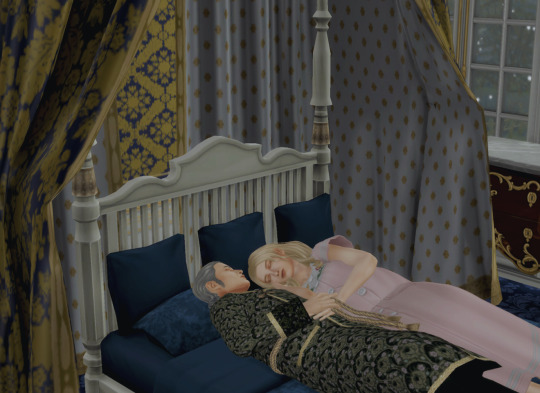
There were many things Rebecca thought she would never do. One of them was having sex with a man other than Peter. Another was having sex with the man whose title her son would inherit. Yet there she was, lying in the bed of Thomas Walsh, Duke of Feldsbury, on Christmas morning after a night of passion. She was 55. He was 76, old enough to be her father. He was only a year younger than Rose. In the aftermath, she felt nothing more than like a common harlot. Still, she couldn’t deny the pleasure she’d derived from it.
“Happy Christmas,” a voice said behind her, and she turned to see Thomas with his eyes open.
“Happy Christmas, Thomas,” she muttered.
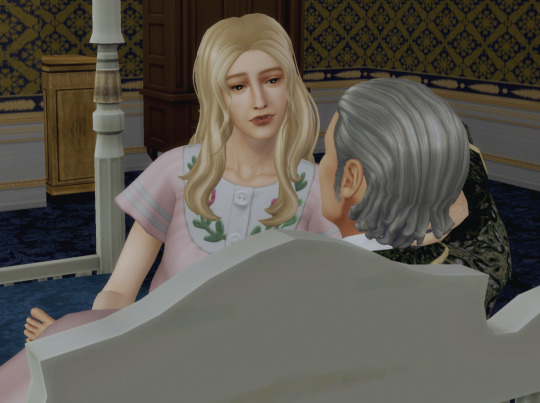
“Are you alright?”
Rebecca frowned. “You’re the first man I’ve laid with other than Peter. We were each other’s firsts. I thought we would be our last too.”
Thomas sat up. “Do you regret it?”
“No,” she muttered. “I only feel guilty that I enjoyed it.”
“Don’t. There is nothing wrong with enjoying yourself. You’re a good, kind woman who’s had an unusual life situation thrown at her. You’ve handled your son’s marriage better than I think most mothers would.”
“Byron likes to make statements. I am sure he’s done things I would have a heart attack if I knew of them. He’s stubborn. He would ruin the title merely out of spite, ignore the duties you’ve tried so hard to teach. Sometimes I feel ashamed of him because he has no shame. He doesn’t care. I first thought it was because of his time in America, but… I know he’s always been like that, since he went off to boarding school.”
“Much of his generation is like that. Disillusioned with the world, finding no point in keeping the intricate societal rituals we keep to heart. The war changed things. A part of it is a reaction. I have only seen a small part of the war, but it was enough. Your son has seen things too horrible to put into words. He can’t talk about it, so he finds ways to make himself forget. Truthfully, I pity him. He has been through much these last eight years.”
“You pity Byron? I know you don’t like him.”
“I don’t have to like him to pity him. He and I are in a situation where no one wins, and I can understand his anger. He reminds me of myself in my youth. Now I am just a cynical old man.”
Rebecca chuckled. “Age makes cynics of us all.
Thomas coughed. “If I asked you to marry me, would you say yes? We can keep it a secret, have a scandal of our own. Not even your children would know.”
The offer tempted Rebecca. She would never have to worry about money again. Thomas was kind to her, and he made her laugh. But he wasn’t Peter. “No,” she said after a minute. “I don’t think I can marry again.”
He nodded. “I understand.”
#the walshes#the walsh legacy#ts4#the sims 4#sims 4#sims 4 decades#sims 4 historical#sims 4 decades challenge#ts4 story#history simblr#sims 4 history challenge#ts4 historical#ts4 decades challenge#1920s#ts4 1920s#rebecca kinda girlbossed here tbh#rebecca walsh#thomas walsh
44 notes
·
View notes
Text
Happy 184th birthday to the world’s first selfie, taken by thirty-year-old Philadelphian photographer Robert Cornelius some time in October, 1839.
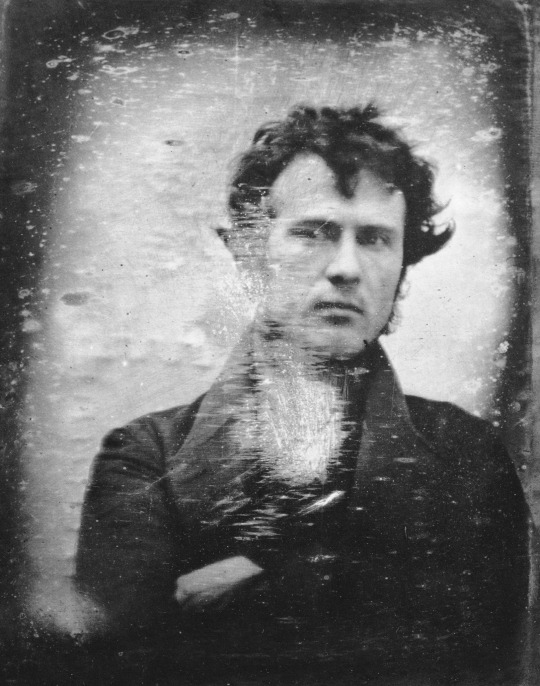

“Daguerre announced his invention of a photographic method to the French Academy of Sciences in August 1839. That October, a young Philadelphian, Robert Cornelius, working out of doors to take advantage of the light, made this head-and-shoulders self-portrait using a box fitted with a lens from an opera glass. In the portrait, Cornelius stands slightly off-center with hair askew, in the yard behind his family's lamp and chandelier store, peering uncertainly into the camera. Early daguerreotypy required a long exposure time, ranging from three to fifteen minutes, making the process nearly impractical for portraiture.” Source: "Photographic Material," by Carol Johnson. In Gathering History: the Marian S. Carson Collection of Americana, 1999, p. 100. https://www.loc.gov/pictures/item/2004664436/
#I am in love with him#1839!!!!!!#mary shelley was writing when he took this#the duke of wellington was chilling#this was before the brontës had published!#robert cornelius#byronic#photography#daguerreotype#daguerreotypy#19th century#1800s#history#art#portrait#fashion#interesting#cool#selfie
126 notes
·
View notes
Note
Is Heathcliff Byronic in your opinion?
I'm not a great fan of the term in all honesty. It tends to be slapped on all Gothic and Romantic heroes willy nilly and while it's a useful social and literary context, 90% of the time it becomes reductive. A Byronic character is ultimately a celebrity insert, which Heathcliff is absolutely not.
He does, however, have some character elements which are evolved from the basic Byronic hero model that the Brontës engaged with furiously in their juvenilia. Emily and Anne's juvenilia is largely lost, but we know that their world was relatively similar in shape (the geography and characters were nearly identical, but all the siblings had their own canon, which they fought to establish over each others') to Charlotte and Branwell's.
Angria, Charlotte and Branwell's principal play world, featured heavy politics and war in a world full of extreme Byronic figures. There were multiple different characters who were modelled on Byron, but they borrowed also from the Duke of Wellington and other heroes. Drinking, affairs, charismatic cruelty, brooding and cheerful destruction are all prominent traits of their favourites. Charlotte would eventually begin to bring romance into this world, which Branwell seemed to chafe against by reactively making the Byronic figures even worse.
Gondal must have contained these figures to some extent, but was more female focused. Stories of love predominated, as well as Romantic tales of imprisonment and isolation. Emily and Anne may have been whump girlies. The majority of this work is lost though so we don't have much idea of the extent to which they might have engaged with their siblings more political Byronic figures, but it's safe to assume that Emily read stories that contained Byronic heroes and was immersed in the culture producing them.
Heathcliff contains several obvious Byronic influences: his charisma through cruelty, his laughing wickedness, his broodiness, his drama BUT he is not a simplistic Byronic hero. His Byronic broodiness is not the product of the usual Romantic drama of affairs or deep and sudden tragedy. Byronic heroes tend to have suffered unlikely and shocking things— married to madwomen, dramatic and gothic illnesses, etc. What is striking about Heathcliff is the realism and natural progression of circumstances that produces him. Economic disadvantage and racial discrimination place him as the ultimate and obvious punching bag in a dysfunctional family where he suffers the effects of paternal distance, alcoholism and Cathy's struggle against misogynistic societal expectations. Not only is Heathcliff a natural product of his environment; the people around him are too. Part of Emily Brontë's genius in creating Heathcliff is that she grounds him competely without losing the drama of his more Byronic cousins.
I think he has Byronic element and his relationship with the Byronic archetype is interesting— but I still hesitate to call him or any sophisticatedly constructed character Byronic. (Even Rochester!)
53 notes
·
View notes
Text
Alright babes, this Elvis regency AU seems to be a legitimate, actually happening thing so let’s get some opinions going. I honestly am not certain what rank I want to make him in this AU. Common but filthy rich, that much is established -horses, mining and steam engines, you see. But he’d not have the usual romancey nobility titles except that I do intend to rip off both Beau Brummell’s life (companion and fashion arbiter to the Prince Regent) and also Lord Byron for obvious reasons. So-
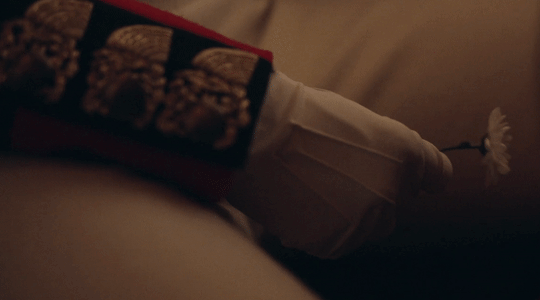
17 notes
·
View notes
